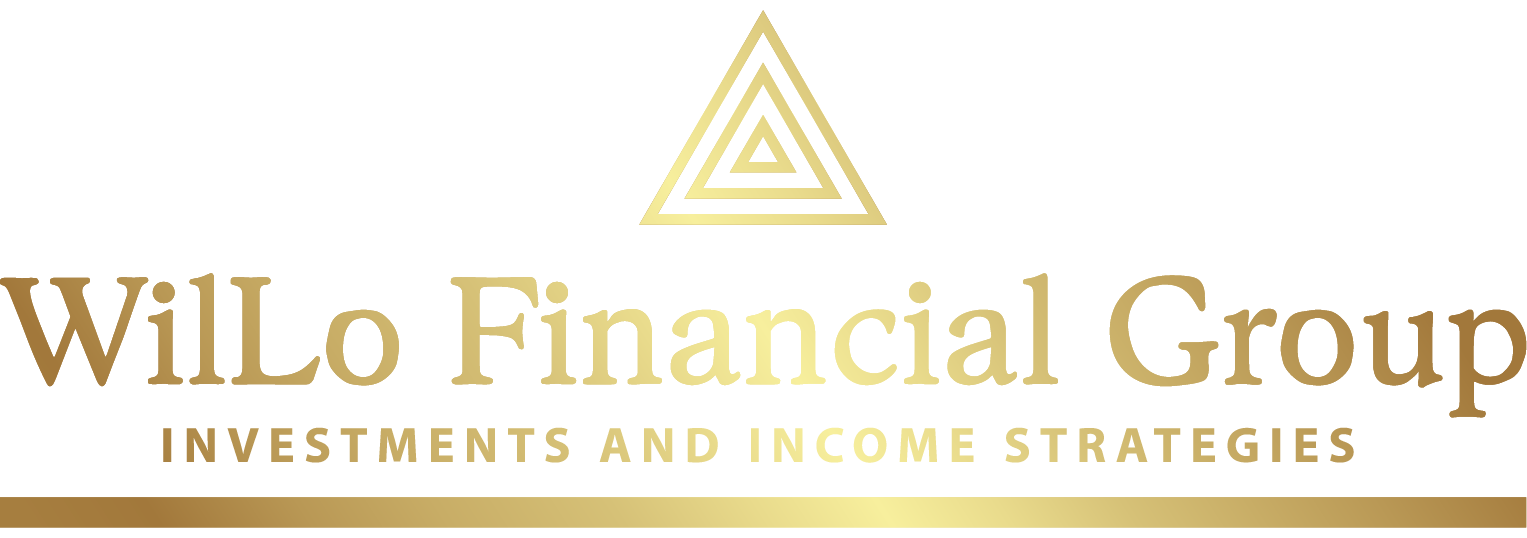When it comes to growing your money over the long-term, studies have shown that getting a tax advantage is one of the biggest benefits you could have in growing your money. Tax advantage is a main reason why Individual Retirement Accounts (IRAs) and 401(k)s are so popular when it comes to saving for retirement.
One of the most important and misunderstood aspects of owning an IRA or 401(k) is how you should approach taking income or withdrawals from those accounts. If you don’t know the rules, you can end up paying more in taxes than you have to.
When it comes to taxation, there are basically three different types of investments: 1) regular taxable investments; 2) tax-free investments, like Roth IRAs; and 3) tax-deferred investments, like traditional IRAs and 401(k)s, which are taxable when you decide to withdraw your funds.
Taking advantage of the tax benefits that IRAs and 401(k)s provide can help boost the amount of income your investments can generate in retirement. However, since tax codes are constantly changing, you must make sure to keep up with the changes.
Through WilLo Financial Group’s tax minimization strategies, we can help guide you on the best ways to withdraw funds from your qualified retirement accounts, so you can maximize the tax advantages offered by each account. In other words, we’ll keep up with the changing tax codes so you won’t have to.
One of the services we offer that can help you maximize the tax advantages of your 401(k) or IRA include rolling over assets from a 401(k) to an IRA. Doing so can not only provide you with access to more investment options, but also help to lower the fees you pay.
Converting assets from a 401(k) to a Roth IRA is another way that may provide certain tax benefits. For example, you could convert some funds that are in a qualified retirement account, like a 401(k), into a Roth IRA ahead of retirement. Although you’ll still owe taxes on the amount you convert, you won’t have to pay taxes on withdrawals you make later on in retirement.

